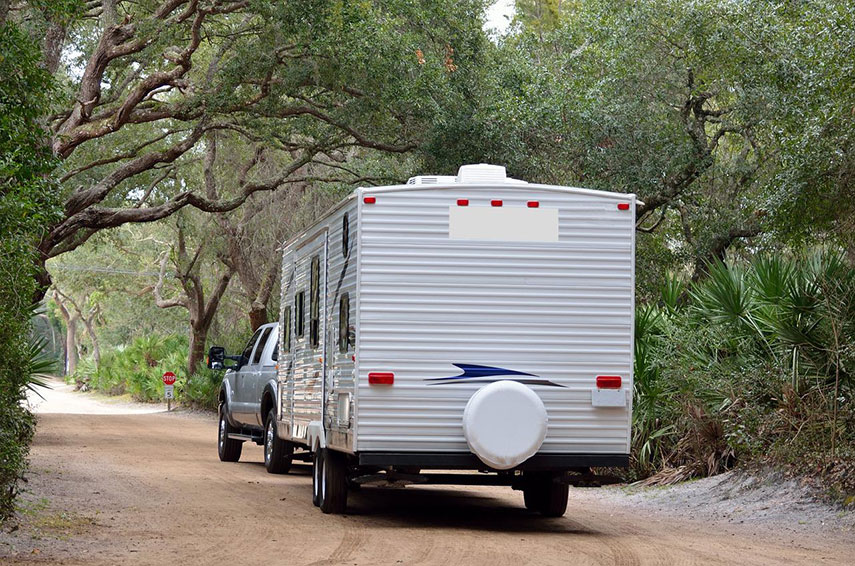Trailer Sway
Trailer sway occurs when forces on the side of a trailer that is being towed cause the trailer to begin moving side to side behind the towing vehicle. As the sway continues it can begin to build momentum, swaying more intensely with every second. If left unchecked, this can cause your vehicle to spin out of control and jack-knife, or flip both your trailer and the towing vehicle.
A high percentage of highway accidents in which travel trailers have flipped or tipped onto their sides are attributed to uncontrolled travel trailer sway. These accidents typically result in major damage to the tipped trailer, and oftentimes completely total it.
Causes of Trailer Sway
So what are these “side forces” that can lead to trailer sway? There are a number of situations that can lead to your trailer experiencing ‘the sway’.
Wind

Moderate to heavy winds are the number one culprit for causing trailer sway.
This might be surprising to hear because there are rarely stories of cars and SUVs being tipped over by heavy winds. But if you consider the aerodynamics of a trailer compared to a car, SUV, or truck, it begins to make sense. When looked at from the side, a travel trailer is essentially a massive sail on the road.
The flat, broad sides of a trailer catch the full pushing force of heavy winds and when pushed hard enough, lose tire traction on the road. Once the tires have slipped, the swaying action will begin.
Rough Roads

Inclement weather, be it rain, hail, or snow, can result in dangerous road conditions. The presence of excessive water or ice on the road will decrease the amount of traction your trailer tires have and increase the possibility of those tires slipping.
If you are faced with such conditions, the best plan of action is to pull off the road and wait for conditions to improve. If for whatever reason you are unable to do so, drive as slowly as safely as possible in order to decrease the likelihood of your trailer swaying out of control.
Passing Large Vehicles
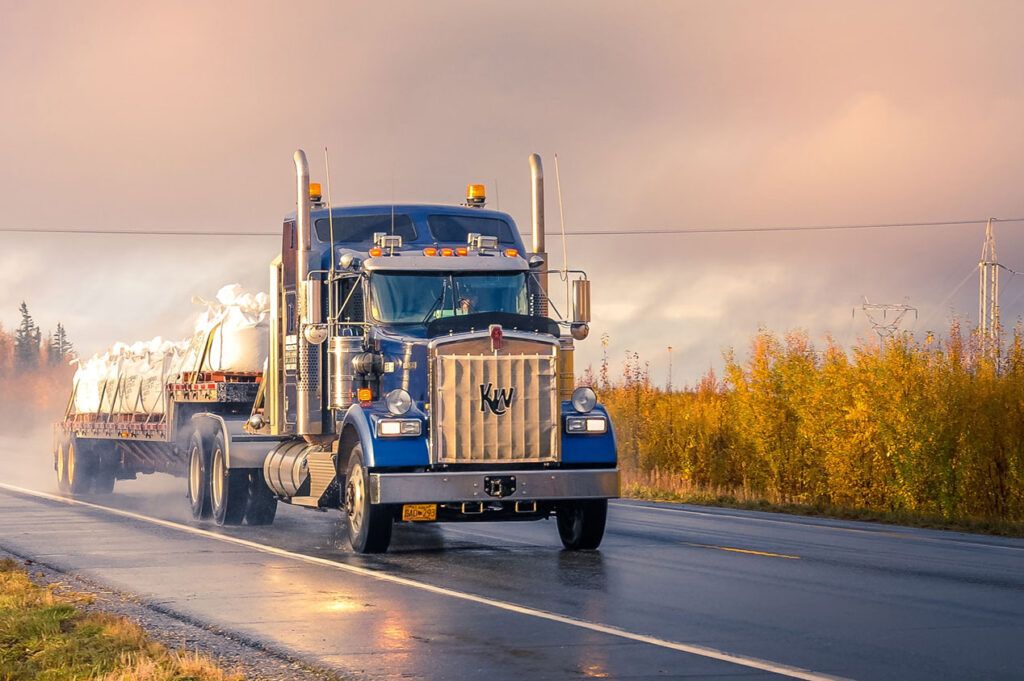
Have you ever been passed by a large truck going the opposite direction at high speed and noticed your car get buffeted around a bit as it happens? This movement is caused by several forces being created by the moving truck: air being pushed aside to make room for the truck, and a temporary vacuum that is left by the truck after it passes.
Both of these forces can affect your car and trailer, and result in trailer sway. The bigger and faster the truck, the more intense these forces will be.
Tongue Weight
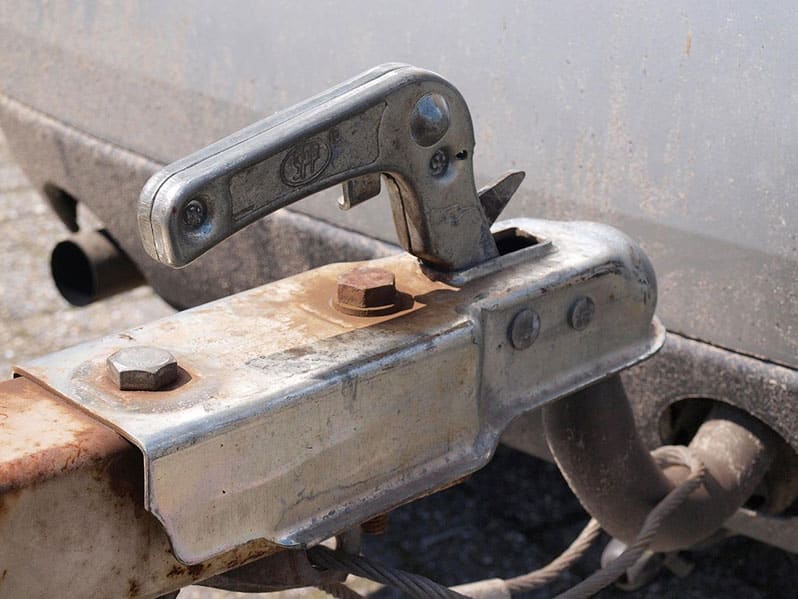
When hitched to a towing vehicle, the weight of the trailer is going to be resting on two points: the trailer’s tires/axles, and the hitch of the towing vehicle. The majority of the weight of the trailer should be carried by the axles in order to avoid trailer sway.
Seasoned RVers typically recommend 10-15% of the overall weight of the trailer to be resting on the hitch, leaving 80-85% of the weight resting on the axles. If you have excessive weight towards the front of your trailer, causing the towing hitch to be carrying too much of the overall trailer weight, your towing vehicle will sag in the rear potentially resulting in trailer sway.
Weight Distribution
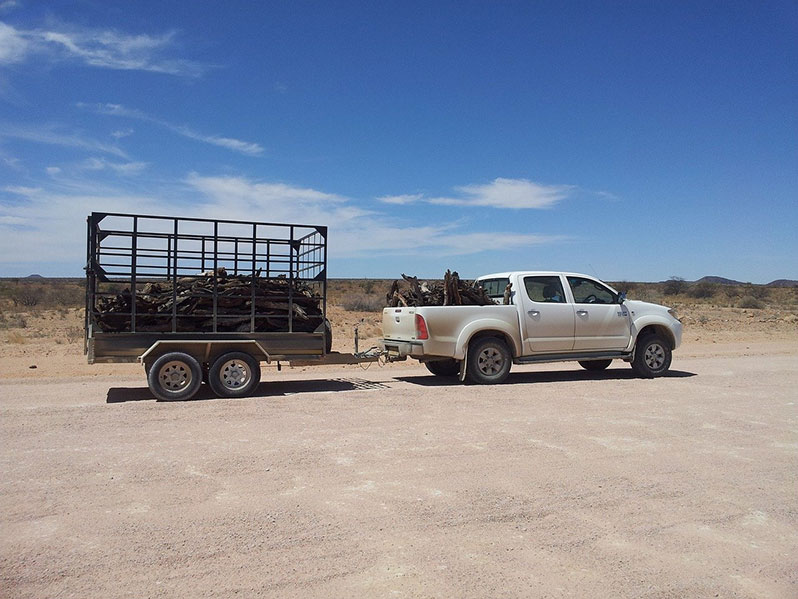
While having too much weight in the front of your trailer can be dangerous, it can be equally dangerous to have too much weight in the rear. Heavy rear-loads on a trailer will increase the likelihood of fishtailing and trailer sway.
Improper weight distribution like this is often caused by people loading heavy boxes of gear in the large storage compartments towards the back of their trailer. It can also happen when folks load heavy motorcycles and ATVs into the rear of their trailer, without considering the weight distribution towards the front.
Low Tire Pressure
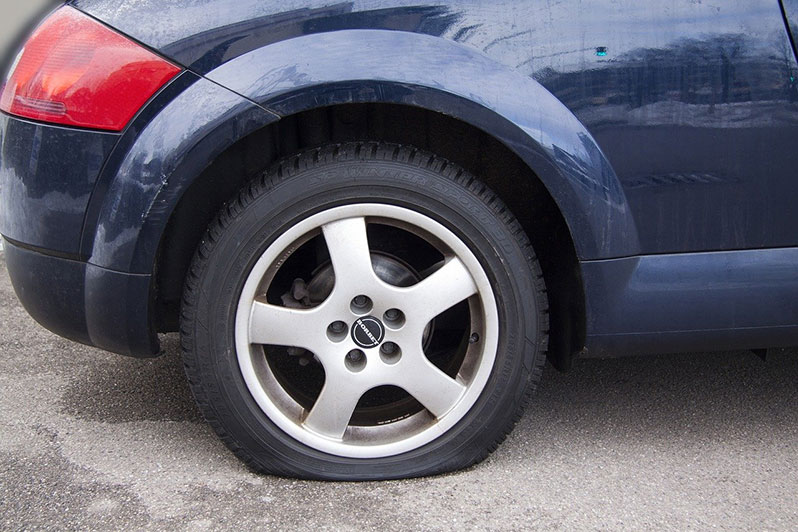
Having low pressure in the tires of your tow vehicle OR your trailer can result in trailer sway. Lower tire pressure = lower load capacity. So make sure those puppies are inflated to their manufacturer’s recommended PSI.
If you don’t have a compressor and don’t want to spend money on air for your tires, you’re not out of luck yet. Most Les Schwab and Discount Tire stores around the United States offer free tire pressure checks and free air. You might have to wait in a small line but hey, it’s free.
How To Prevent Travel Trailer Sway
Lucky for us trailer owners, there are more than a few handy pieces of gear for preventing unwanted trailer sway. If you find yourself encountering trailer sway when towing your trailer or want to ensure you never encounter it in the first place, consider purchasing one of these devices.
Weight Distribution Hitch
A weight distribution hitch is a specialized hitch designed to distribute the tongue weight to the towing vehicle more evenly. This even distribution helps to prevent the towing vehicle from sagging in the rear, and keeps both the tow vehicle and trailer parallel to the surface of the road.
Weight distribution hitches also come with two components called ‘spring bars’. These bars help to keep the trailer centered and in line behind the tow vehicle, while still allowing the two vehicles to move independently of each other while turning.
Sway Control Device
A sway control device, commonly known as a ‘sway bar’ amongst RVers is a simple device that uses friction to reduce sway by stiffening the connection between the trailer and the towing vehicle, minimizing side-to-side motion of the trailer.
Sway control devices are reasonably priced and quite easy to secure the vehicle and trailer after the initial installation. The initial installation might involve making some minor modifications to your trailer or your tow vehicle’s hitch so it might be worth it to have a professional RV technician perform the installation for you.
If you’re more of the do-it-yourself type and want some tips on how to install a sway control device, head over to this article I wrote all about sway bar installation.
I can personally attest to the impact a sway bar has on the handling of a tow vehicle. In the past, I’ve towed trailers with and without sway bars, and I remember feeling a considerable difference between the two driving experiences. The sway bar gave me way more control over the trailer at high speeds, especially in construction zones with bumpy and uneven roads.
If you have a larger travel trailer like this 16′ off-road caravan, it is unlikely that a small sway control device like a sway bar will have a significant impact on the sway of your trailer. Large trailers require beefier sway prevention methods like the above mentioned weight distribution hitch.
If you primarily tow small teardrops or compact adventure trailers, a sway bar will likely be enough to keep you rolling in control.
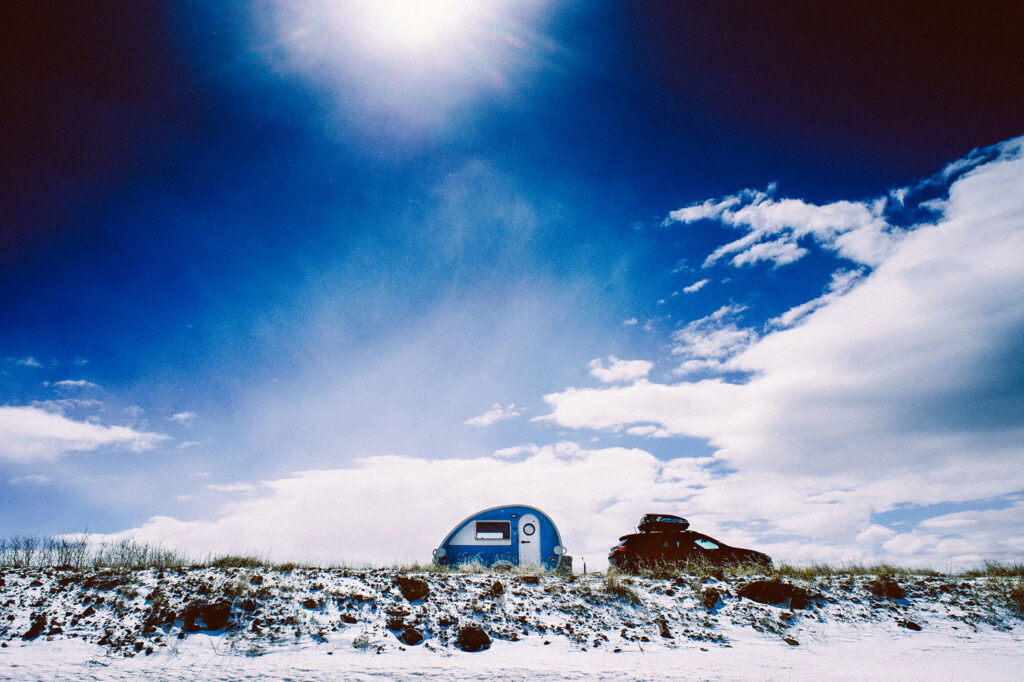
How To Stop Travel Trailer Sway
If you do end up in a situation in which your trailer is swaying and doesn’t seem to want to stop, there are a few things you can do and not do in order to attempt regaining control.
First off, don’t slam on the brakes. Take your foot off of the accelerator and allow your tow vehicle and trailer to lose momentum at a natural pace. Once trailer sway has begun, rapid braking or acceleration can intensify the swaying motion.
As your vehicle begins to slow, keep your steering wheel straight with a firm grip. You may be able to feel the swaying motion tugging at the steering wheel, so do your best to resist it. Only once the sway is under control should you begin a gentle merge into the shoulder of the highway.
Once in control of the vehicle and trailer, park on the shoulder and turn on your hazard lights. Being cautious of traffic, get out of your tow vehicle and perform an inspection on your trailer, trailer hitch, and tow vehicle hitch. Check for any damage that may affect your ability to continue towing the trailer.
If you do see concerning damage, or do not trust your ability to make a confident judgment call, consider calling for professional roadside assistance.
If everything looks undamaged and good to go, cautiously continue on your way. Maintain a speed of at least 10 mph lower than you were traveling before in order to reduce the risk of trailer sway occurring again.
Conclusion
I hope your biggest takeaway from this article is simply to be prepared and be careful. Trailer sway is easy to prevent if the correct precautions are taken. So make sure to have the right gear, the proper knowledge, and enough confidence to get you and your trailer to where you want to go. Safe travels!

